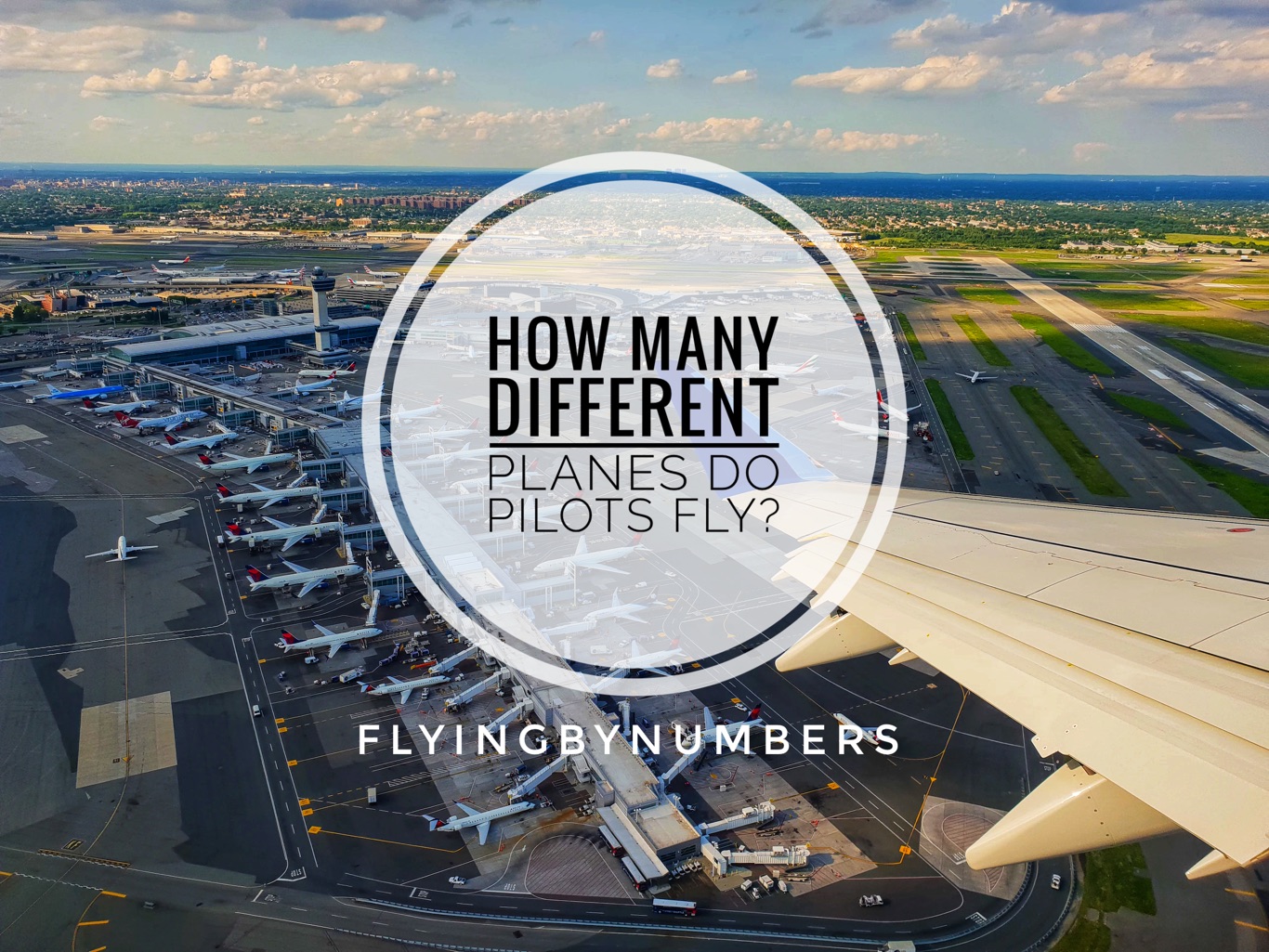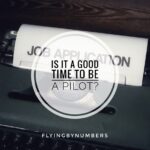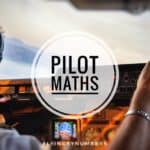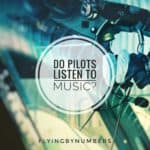The Short Answer: Typically, commercial pilots are certified to fly only one aircraft type at a time.
Modern jet aircraft are such complex machines that most pilots are only allowed to fly one type at a time. This means that unlike their fellow flight attendants, who typically fly on several types for the same airline, pilots are limited to one aircraft, and will often only ever fly 1-3 differing aircraft types in an entire career.
However, there are some exceptions to this rule, and you might be surprised to know that sometimes different aircraft can be classified as the same from a pilot’s perspective!
In this article, we’ll have a brief look at why pilots only fly one plane, some aircraft that are classified as the same, and finally, a few exceptions to the rules.
Understanding Type Ratings
In the world of commercial aviation, once pilots have their airline licence — the ATPL — they must undergo one final course before joining an airline. This specialisation course is known as a Type Rating: and is a regulatory requirement that determines the specific aircraft models a pilot is qualified to fly.

This course is necessary because different aircraft types have varying technical and operational characteristics.
For example, even though both aircraft have similar performance and are used by similar airlines, flying a Boeing 737 requires different skills and knowledge than flying an Airbus A320.
For this reason, an Airbus pilot flying shorthaul routes for, say, Delta Airways cannot switch to flying a Boeing 737 on the same routes operated by SouthWest.
Type ratings are full-time courses, typically lasting for 8–12 weeks. Studying involves self-study, classroom and instructor led sessions, ground-based exams, and finally simulator training and testing. These courses expect pilots to absorb a huge amount of technical detail in a short space of time, and cost between $20,000 — $40,000. Because of this, most pilots will only undertake type rating courses once every 5–10 years.
Aircraft Families — Differing aircraft are classed as the same
Airlines like Air France operate small A318s, A320s, A320 NEOS etc, do they need separate pilots for every aircraft?
Answer: No, Air France shorthaul pilots will only have one Type Rating on their licences (A32N). This covers all differing versions, of all four different Airbus variants Air France operates.
So why are some aircraft families, like the Airbus A320 family, considered the same type from a pilot’s perspective? Well, despite some pretty considerable differences in passenger seating numbers or range, these aircraft are designed by the manufacturer to have an almost identical cockpit layout, and similar handling characteristics.
This allows pilots to operate them interchangeably under the same type rating, despite the fact they may be entirely differently sized, with differing wings and engines. To passengers, these might seem like distinct aircraft, but for pilots, they are classified as variations of the same type.
The Outliers: Pilots who fly multiple aircraft
There are a few notable exceptions to this one-type norm. Some training captains in airlines hold type ratings for multiple aircraft, so they can train pilots across the various aircraft types their airline may operate. It’s not hugely common, but some regulatory authorities permit this, and a few airlines do take advantage of it.
Additionally, some aircraft types have similarities, allowing for something known as a Dual Type Rating.
For instance, pilots might have a dual type rating for the Boeing 787 and 777, or for the Airbus A350 and A330 (pictured), due to the commonalities in cockpit technologies and aircraft systems.
These aren’t anywhere near as similar as the aircraft families mentioned above. However, the aircraft are deemed to have enough in common that the regulator has classed it to be OK for pilots to be trained on two types at once with minor simulator training.
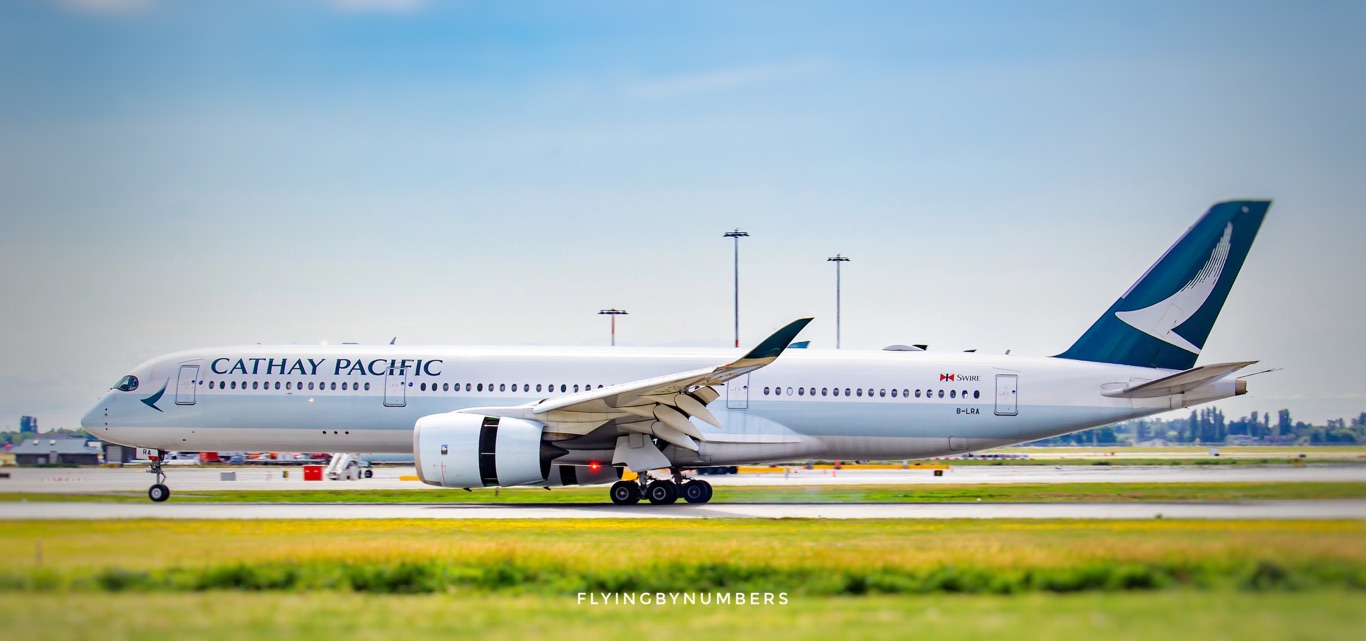
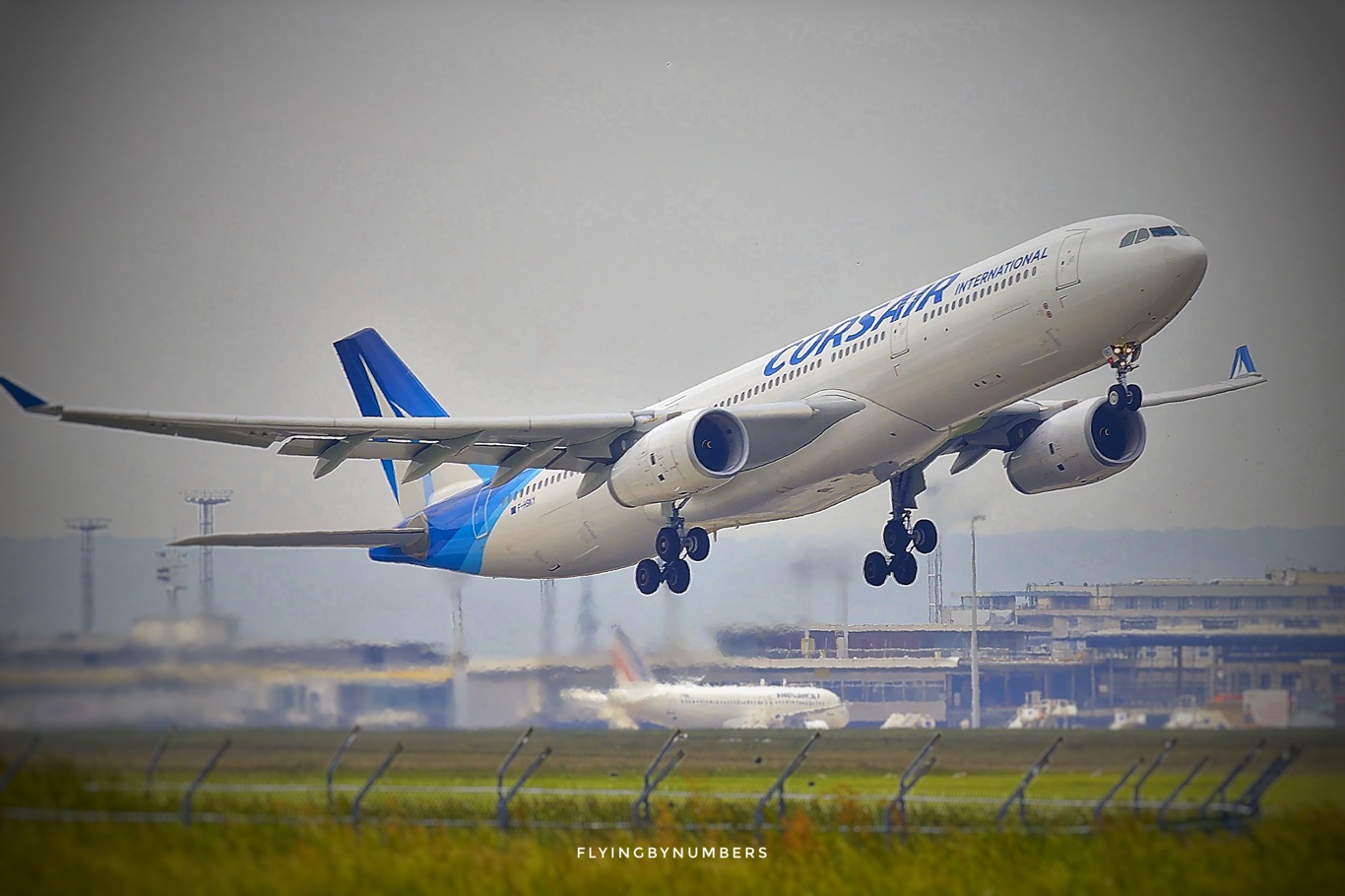
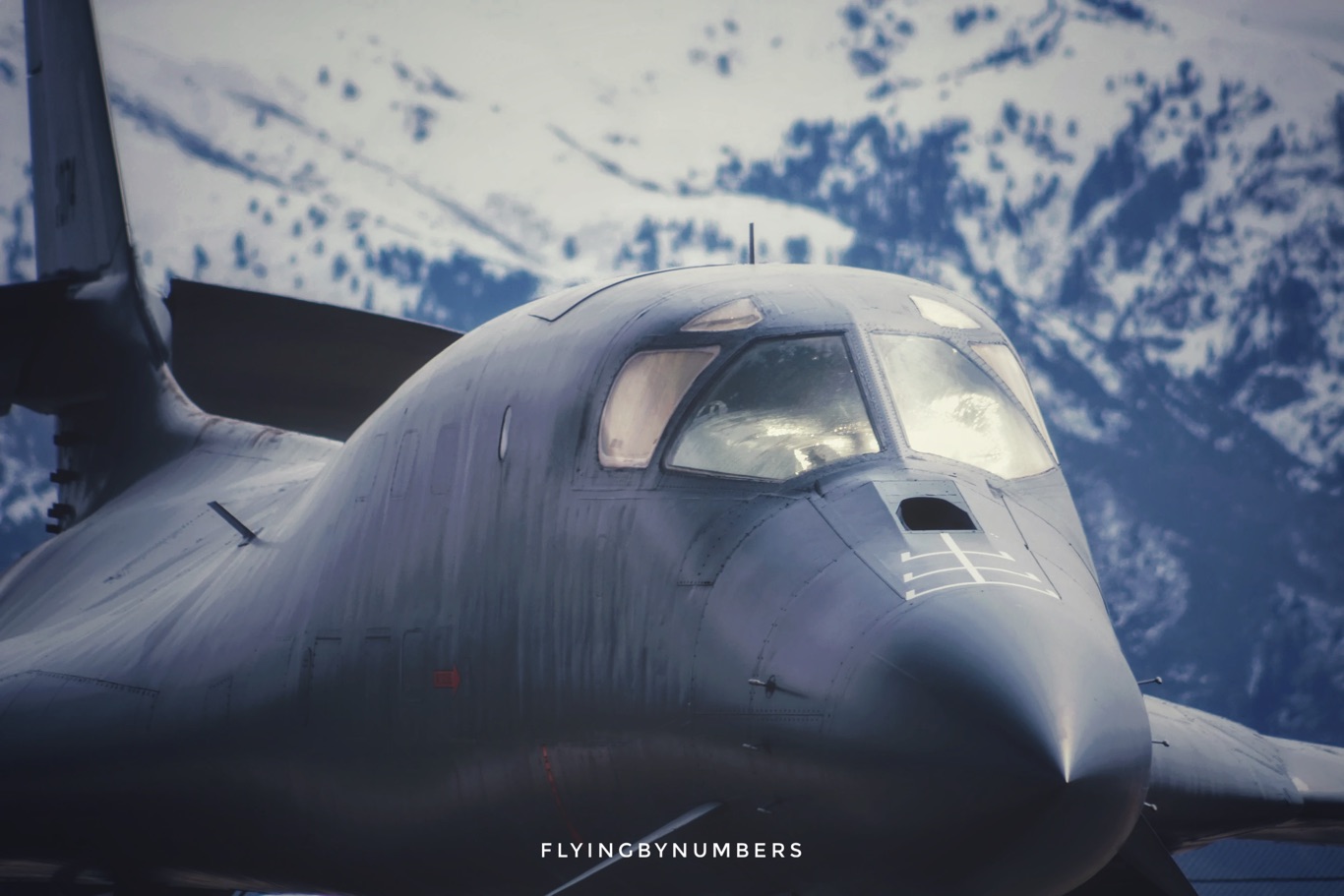
Finally, military and commercial test pilots are another outlier. Skilled in flying multiple types of aircraft, a test pilot’s entire job involves evaluating new or modified aircraft.
Needless to say, this requires a broad range of flying expertise and highly advanced training, and test pilots undergo an entirely separate pilot training course for this speciality.
Summary
It’s a fact that often surprises passengers — most commercial pilots typically fly just one type of aircraft at a time. Unlike their flight attendant colleagues, who might turn up to fly on a B777 one day or an A380 the next, pilot’s licences are restricted to one commercial aircraft. Switching between aircraft is a difficult and costly process, known as a Type Rating course.
However, there are notable exceptions, including some training pilots, and test pilots. There are also regulatory carve-outs where some aircraft are classified as being the same even if they look fundamentally different to passengers!
